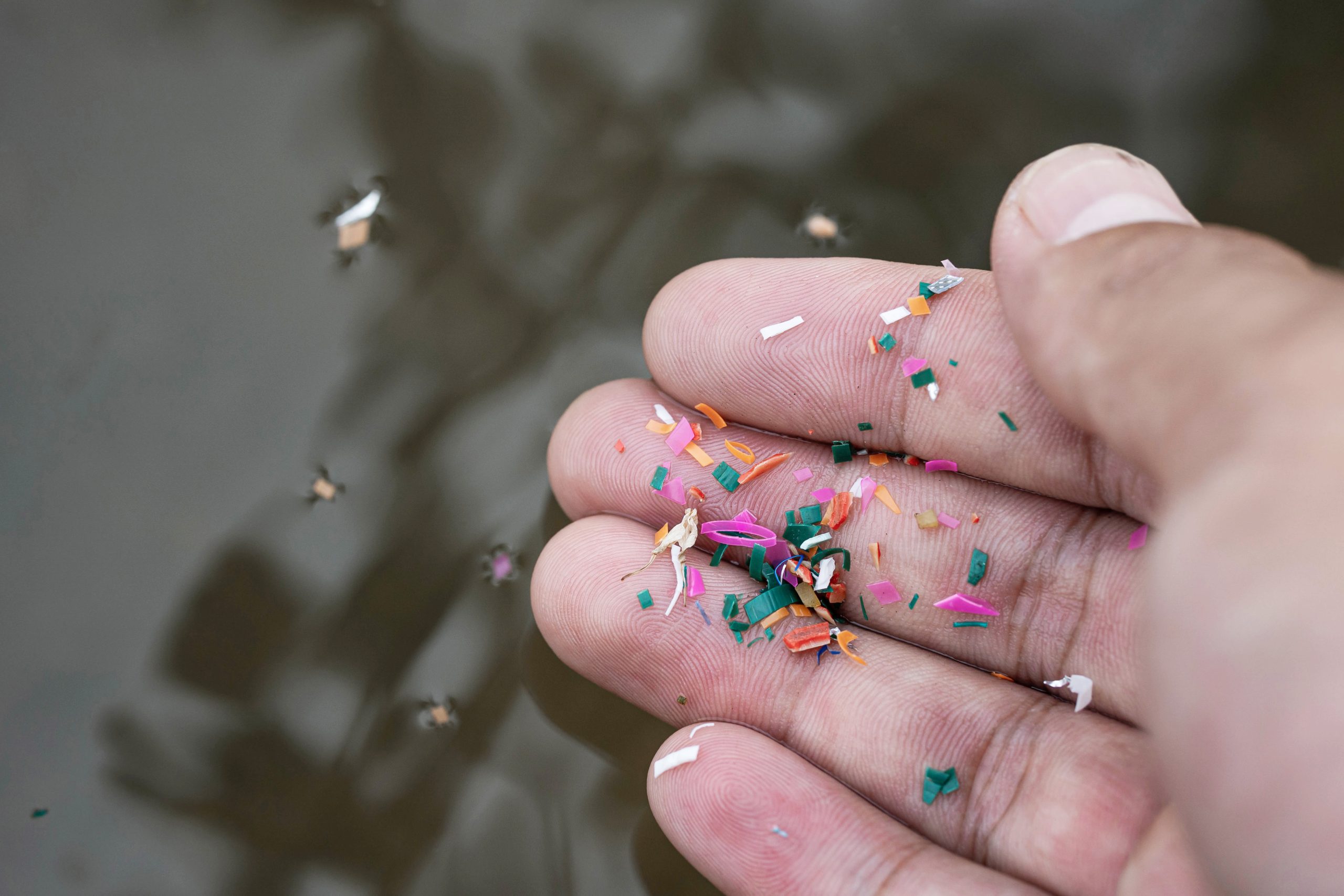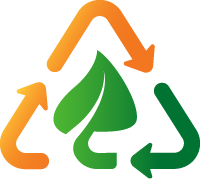
TWINNING
MICROPLASTICS-FREE ENVIRONMENT

3 Partners

100+ stakeholders

1095 days of the project
Our objective
GREENLand is an innovative strategy for transforming to a digital Cloud-Based System with the education of staff for research of microplastics in soil, water, and microorganisms, as well as networking with the excellent institutions and stakeholders who are interested in the results of scientific research.
The essence of GREENLand is to change the system in which a great contribution will be made to the planet without plastic by working on preventive measures, innovations, and a plan for remediation. Trained professional staff will be able to be more efficient with the help of new digital tools, which will result in the establishment of strong cooperation with institutions and industry.
Human exposure
The routes of human exposure to microplastics are oral (intake through food), dermal (contact with the skin) and inhalation.
Scientists have estimated that the annual amount of microplastics ingested through food can be up to 52,000 particles per year. This number reaches a maximum of 121,000 particles per year when inhalation is taken into account.
Main sources
A study by the International Union for Conservation of Nature (IUCN) identified the
main sources of microplastics and divided them into 7 main categories: Synthetic
textiles (35 %), Tires (28 %), City Dust (24 %), Road Making (7 %), Marine Coatings (4 %), Personal Care Products (2 %), Plastic Pellets (0.3 %).
Textiles
Synthetic textiles are the largest contributor to microplastics in the ocean,
accounting for 35 percent of the total volume. Washing synthetic textiles releases
microplastics through wear and tear and separation of fibers from the fabrics. This is due to the mechanical and chemical stresses that fabrics undergo during the
washing process in a laundry machine.
Microplastics in placenta
Microplastic particles have been revealed in the placentas of unborn babies for the first time, which the researchers said was “a matter of great concern”.
The health impact of microplastics in the body is as yet unknown. But the scientists said they could carry chemicals that could cause long-term damage or upset the foetus’s developing immune system. The particles are likely to have been consumed or breathed in by the mothers.
The particles were found in the placentas from four healthy women who had normal pregnancies and births. Microplastics were detected on both the foetal and maternal sides of the placenta and in the membrane within which the foetus develops.
Microplastics in water
The World Health Organisation (WHO) has announced a review into the potential risks of plastic in drinking water after a new analysis of some of the world’s most popular bottled water brands found that more than 90% contained tiny pieces of plastic.
Scientists from the Department of Chemistry, State University of New York at Fredonia, analyzed eleven globally sourced brands of bottled water, purchased in 19 locations in nine different countries, for microplastic contamination. Of the 259 total bottles processed, 93% showed some sign of microplastic contamination.
